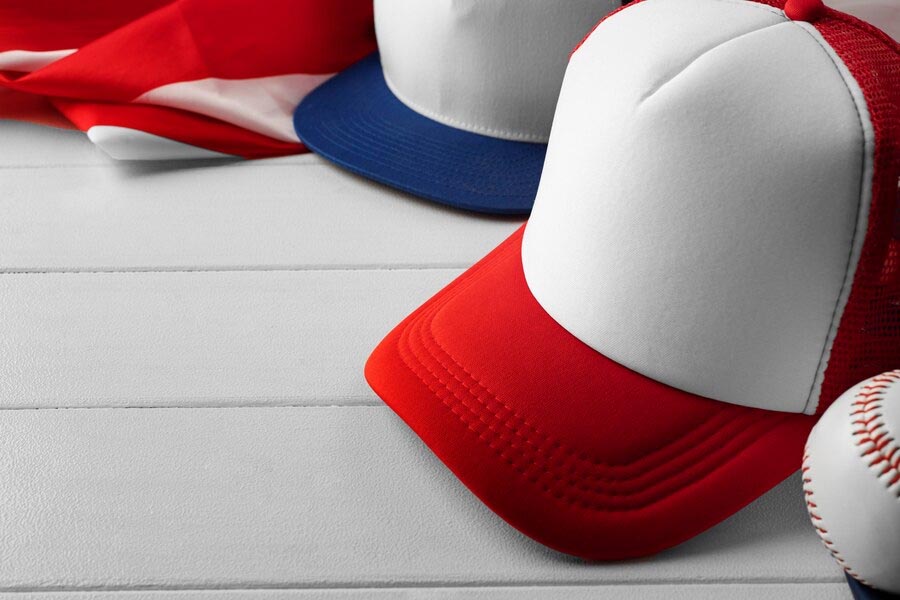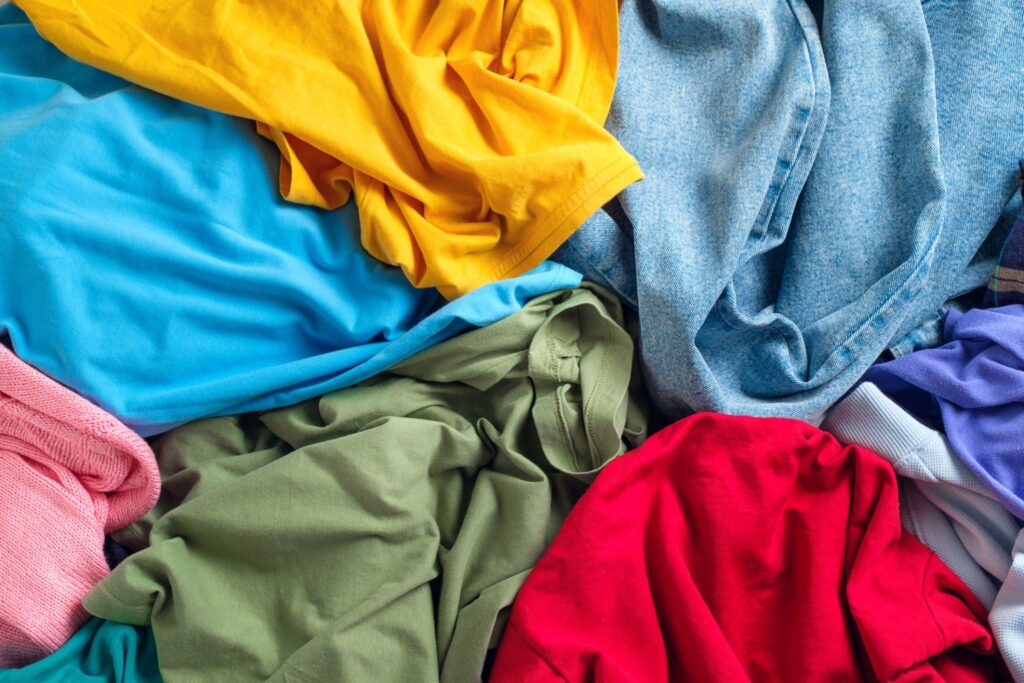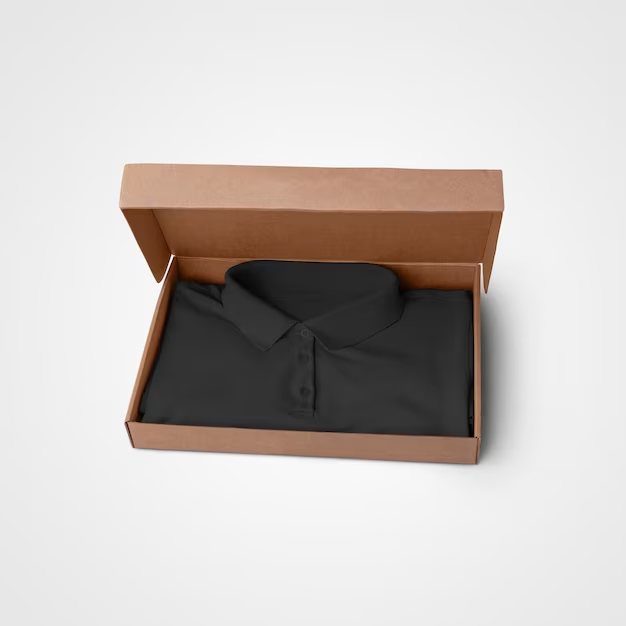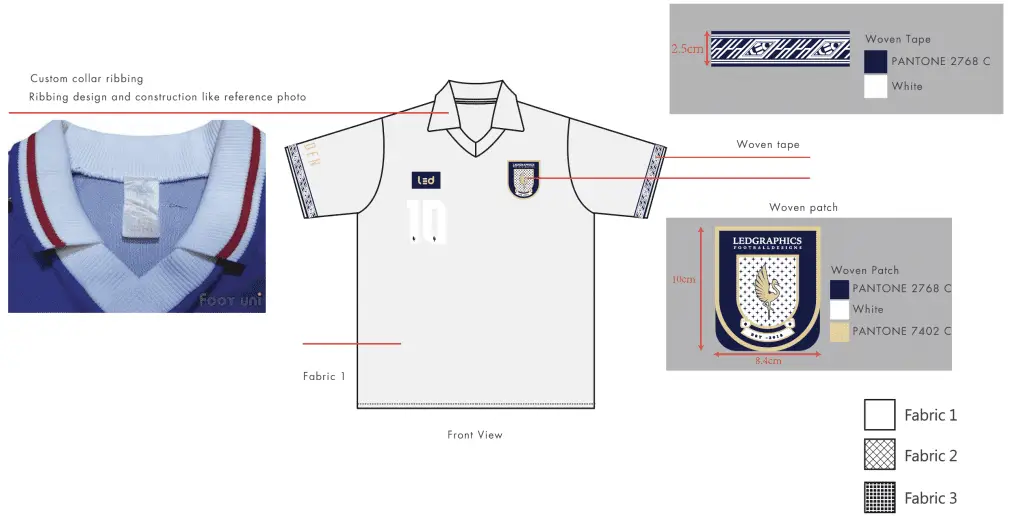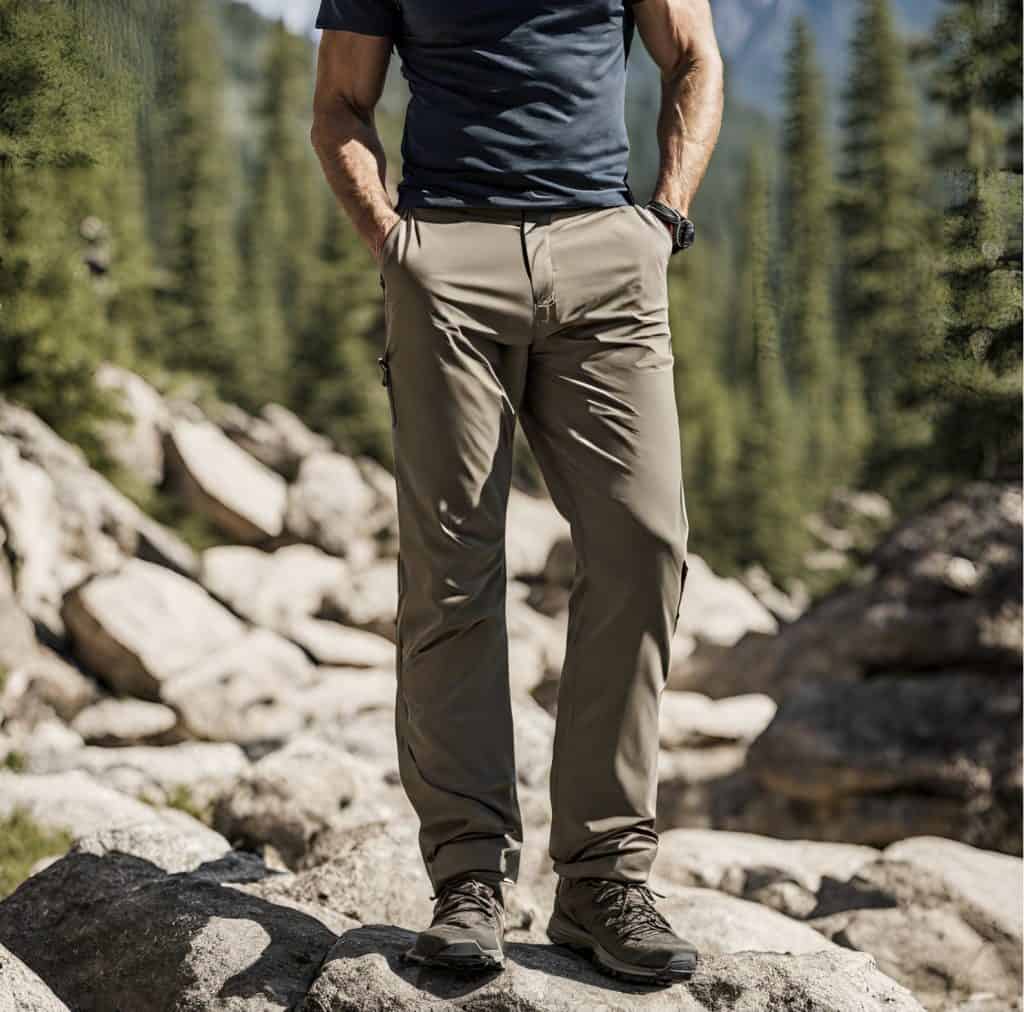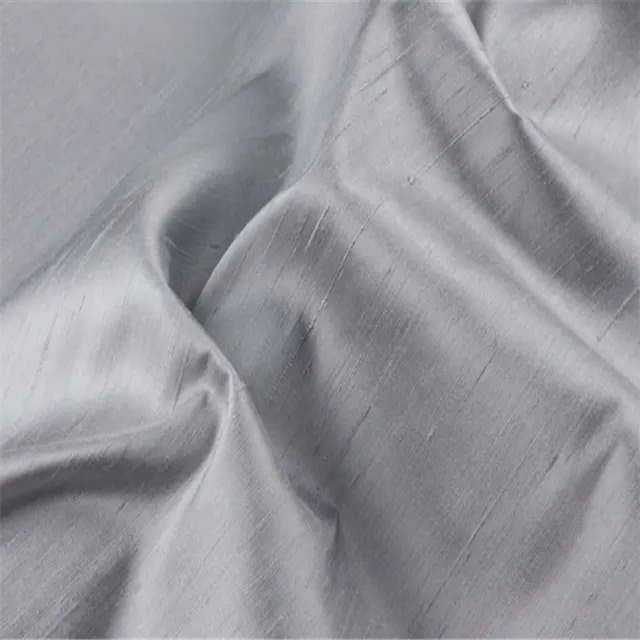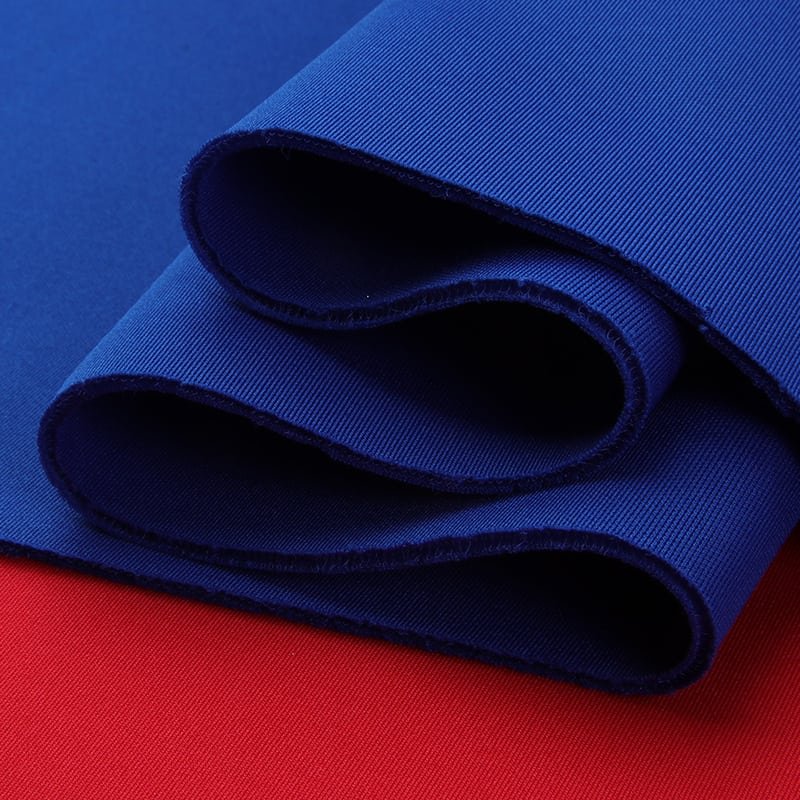
Neoprene fabric is the common term that the majority use for scuba fabrics. This is a synthetic fabric that comes from blending polyester and spandex. This textile has made a great contribution to the production of wetsuits and other sportswear.
In the 1930s, DuPont invented this fabric. Their motivation is to create a replacement for natural rubber. Its first use was for scuba diving wetsuits. Then it found more uses in the fashion and sports industries.
What is Neoprene fabric or Scuba Fabric?
Neoprene fabrics, or scuba fabrics, are a synthetic rubber material. It consists of a double-knit fabric blend of polyester and spandex. Its properties provide warmth to its wearer. It can insulate against temperatures ranging from approximately -58°F to 248°F.
This fabric is known for its durability. It is resistant to abrasions, tears, and punctures, making it ideal for outdoor activities and sports. Additionally, neoprene textiles are water-resistant and dries quickly, making it perfect for activities that involve water.
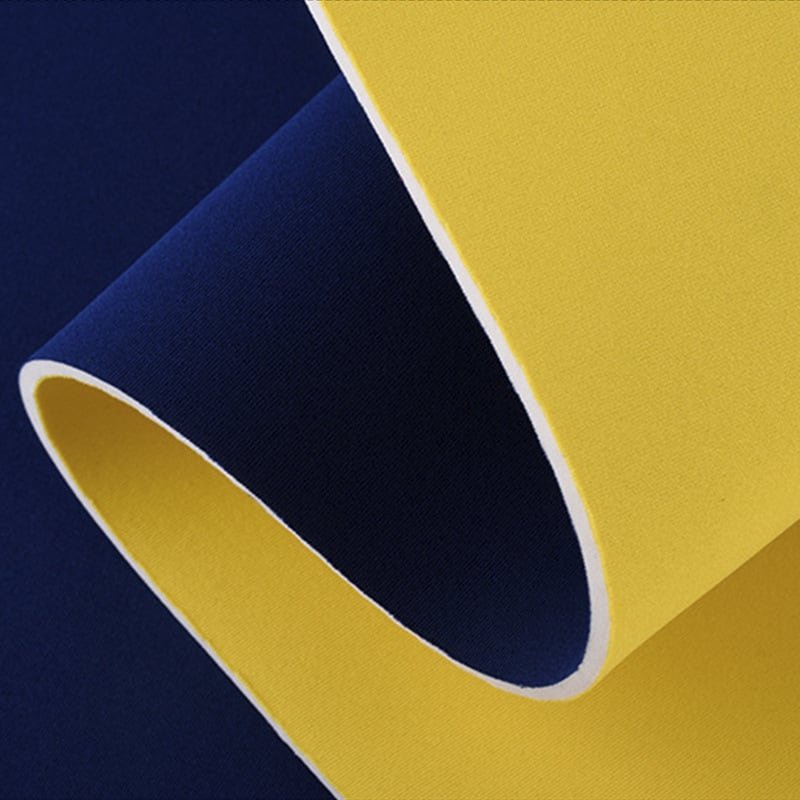
Properties of Neoprene fabric:
Thickness and weight
Neoprene fabrics range in thickness from 1mm to 10mm. Thinner varieties are ideal for form-fitting clothes like leggings and jackets, while thicker ones work better for structured items like bags and home decor.
This type of fabric comes in different weights, ranging from 180 to 400 GSM.
Stretchiness
One of the most notable properties of neoprene material is its stretchiness. This is because it is made with spandex or elastane fibers, which are known for their elasticity.
Neoprene can stretch and return to its original shape without losing integrity.
Durability
Neoprene textiles are tough and resistant to wear and tear. It can survive frequent use while maintaining its quality. So it is a dependable choice for long-lasting products.
Water resistance
Neoprene textiles are water-resistant, which makes them a popular choice for swimwear, wetsuits, and other clothing exposed to water.
This fabric dries quickly and is less prone to mold or mildew than other fabrics because of its closed-cell foam structure.
However, it is not fully waterproof and can become saturated with prolonged exposure to water. It is also not breathable, which can be uncomfortable when wet.
Common Uses of Neoprene Fabrics
Wetsuits
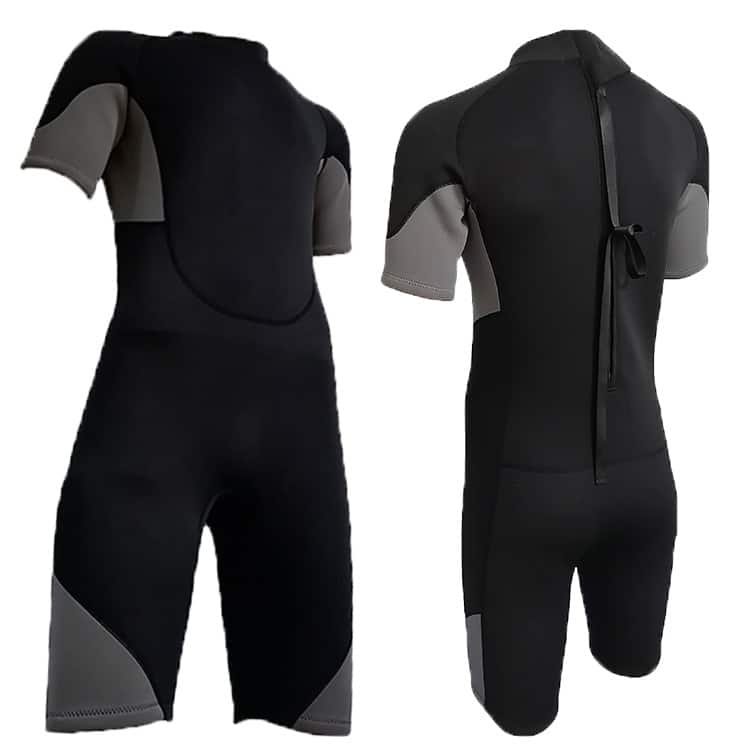
Scuba/neoprene textiles still ranks as the most dominant material in making wetsuits. It became a popular choice among manufacturers for many reasons. It is stretchy, buoyant, and warm.
It also comes in different thicknesses. It helps keep swimmers comfortable and warm, even in cold water.
Sports and fitness clothing
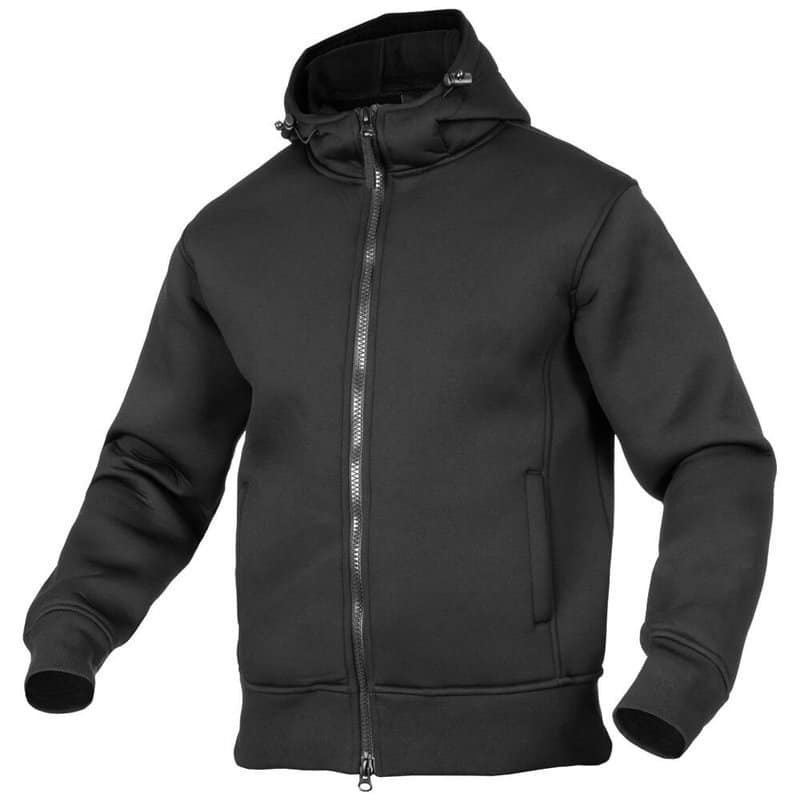
Neoprene textile contributes to the production of sportswear. It is the primary material used in making rash guards, gloves, and knee pads.
Neoprene can also be used to make fashion items like jackets, swimwear, shorts, tops, skirts, and dresses. It can provide support and protection for the body.
It has a moisture-wicking feature that helps the wearer stay cool and dry.
Bags and accessories
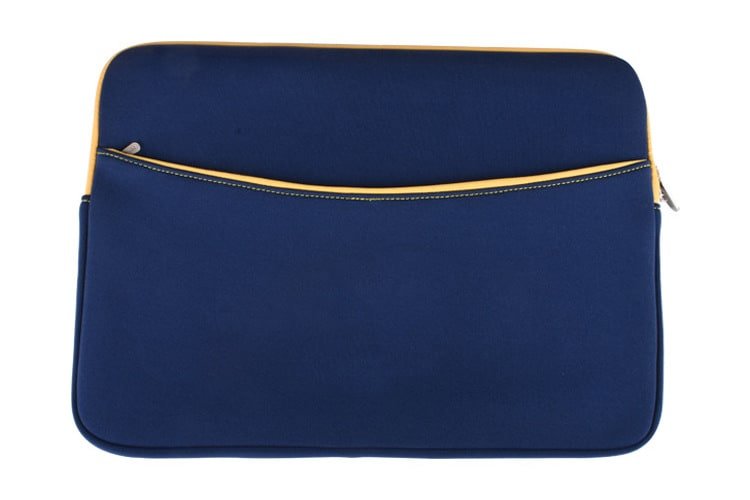
Neoprene fabric helps in the production of fashionable and useful products too. This includes backpacks, tote bags, clutches, and wallets. Its characteristics make it an excellent choice for long and regular usage.
Home Decor

This fabric can also serve another purpose, like decorating your home. You can use this material for pillow and cushion covers, table runners, and even drapes.
It is appropriate for both indoor and outdoor use. It can bring a touch of modernism and flair to any living area.
The Production Process of Neoprene Fabrics
Neoprene fabric has a long manufacturing process that involves many phases.
- The first stage is for the production of chloroprene.
- The second stage is for the formation of butadiene. This is a petroleum-based chemical that is essential in Neoprene fabric formation.
- The third stage of the manufacturing process is the creation of a very fine double-knit. This forms the structure of the scuba-knit fabric.
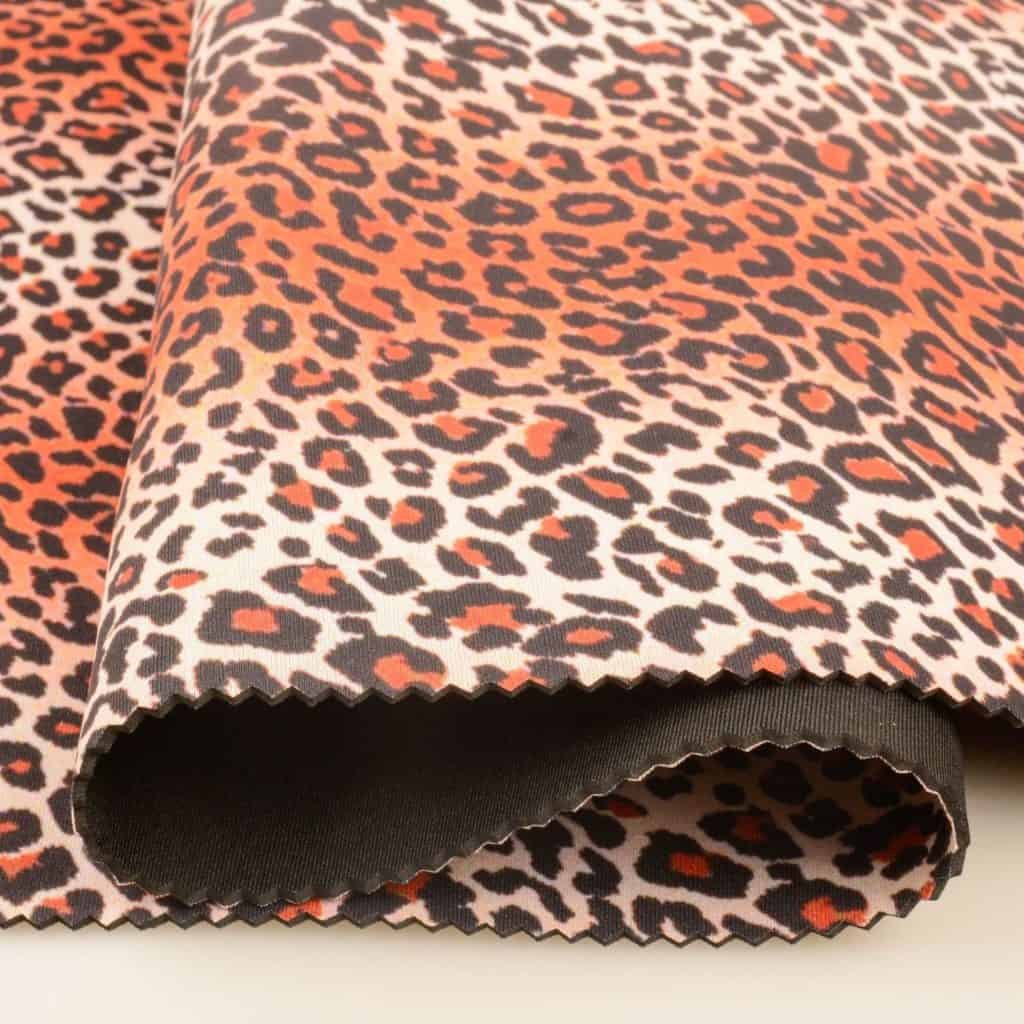
FAQ about Scuba/Neoprene Fabric
Is scuba fabric the same as neoprene pants?
Scuba fabric and neoprene pants come from the same material. But these two fabrics are different. Manufacturers designed Neoprene fabric to imitate scuba fabric using more basic compositions. Meanwhile, the production of neoprene is more technical.
People use neoprene fabrics for their shock absorption and insulation properties. So this is often the chosen material for orthopedic braces, gloves, and wetsuits. Neoprene fabric is more useful for jackets, dresses, and garment making.
Is Neoprene fabric suitable for swimwear?
Yes, Neoprene fabrics are suitable for swimwear due to its water-resistant properties. It is commonly used for wetsuits and swimwear because it dries quickly.
Is Neoprene fabric warm?
Yes, the Neoprene fabric is warm. It comes from synthetic fibers that can trap heat. It is not breathable like other fabrics. The warmth of scuba fabric makes it suitable for making sweaters and jackets.
Are spandex and neoprene similar?
Spandex and neoprene are both synthetic fibers. But they have different properties. Neoprene has more strength than spandex. Spandex can keep its elasticity longer than neoprene.
Neoprene is comparable to rubber for its insulation features. Its textured surface can resist heat and chemicals. Meanwhile, spandex is a flexible fabric. People use it to add elasticity to garments.
Does Neoprene fabric shrink?
The tendency to shrink always depends on the quality of the fabric. If you buy low-quality and cheaper Neoprene fabric, the possibility of shrinking is higher. Meanwhile, the high-quality fabric won’t have significant changes in size.
How do you clean Neoprene fabric?
Handwashing the fabric using a gentle detergent is a safe option. Make sure to rinse it well with cold water. You can also wipe the fabric using wet wipes or 50-50 water and alcohol solution.
Avoid using a machine to wash this fabric, as it can cause damage.
Conclusion
Neoprene has distinguished itself from other textiles through its features. It is well-known for its durability, insulation, water resistance, and thickness. Common uses for neoprene textiles include wetsuits and sports/fitness clothing, as well as bags, accessories, and home decor.
This fabric has established a reputation for itself over several decades. Even today, many people still choose this material over others and are willing to pay a premium for its remarkable properties.





